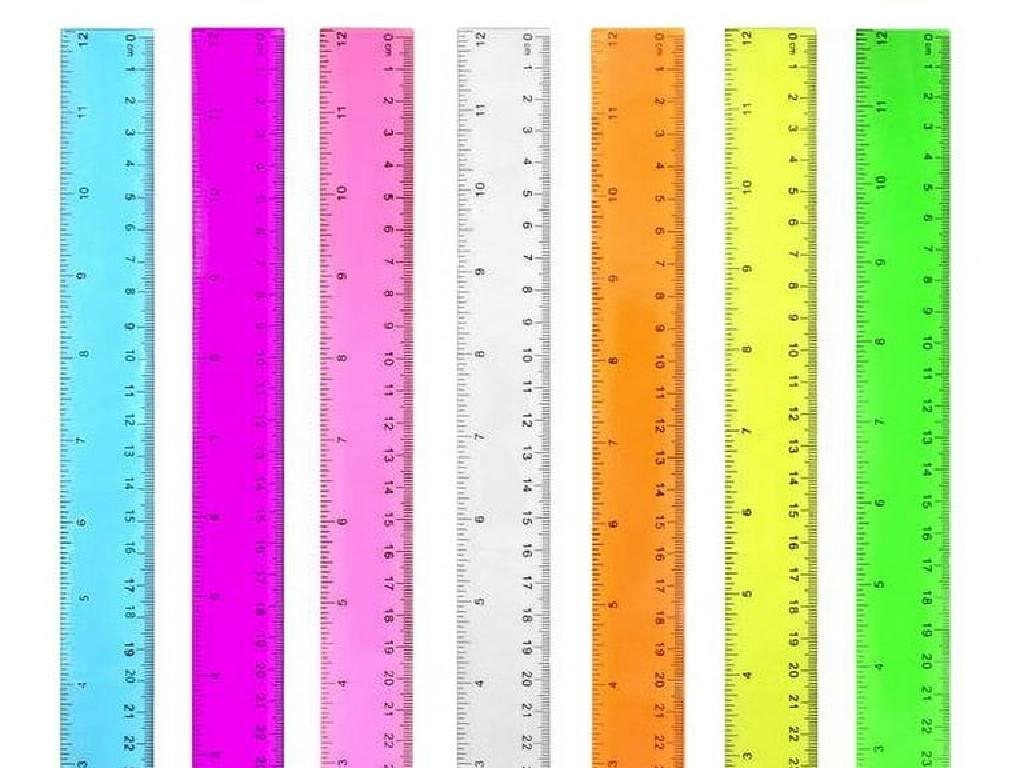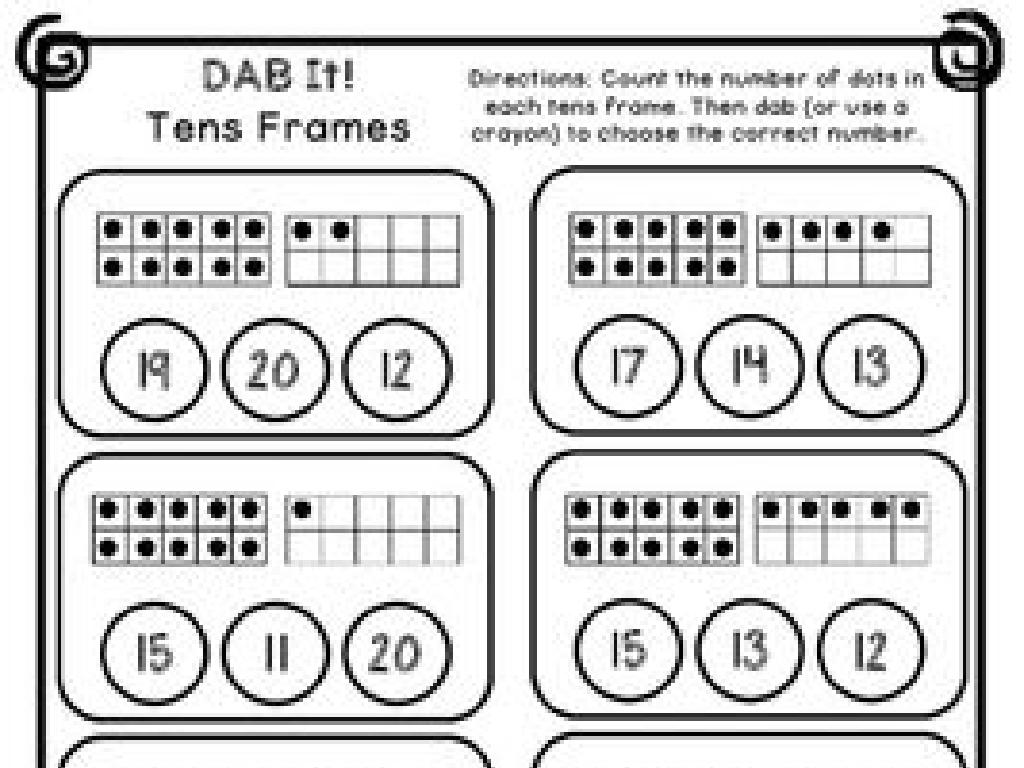Solve A System Of Equations Using Any Method
Subject: Math
Grade: Eighth grade
Topic: Systems Of Equations
Please LOG IN to download the presentation. Access is available to registered users only.
View More Content
Introduction to Systems of Equations
– What are systems of equations?
A set of two or more equations with the same variables.
– Systems in the real world
Used for budgeting, planning trips, or even in sports strategies.
– Defining a system of equations
Multiple equations that are solved together to find a common solution.
– Solving systems: methods overview
|
Begin the lesson by explaining that a system of equations is a collection of two or more equations with the same set of unknowns. In real life, these can be used to solve problems like finding the cost of items when shopping with a budget or determining the best route for a road trip. Define a system of equations as multiple equations that we solve at the same time because they share variables. Introduce the different methods for solving these systems, such as graphing, substitution, and elimination, which will be covered in detail in subsequent slides. Encourage students to think of other areas where they might encounter systems of equations. This will help them understand the relevance and application of the concept.
Solving Systems of Equations
– Graphing method overview
– Plot both equations on a graph and find the intersection point.
– Substitution method explained
– Solve one equation for a variable and substitute into the other equation.
– Elimination method steps
– Add or subtract equations to eliminate a variable and solve.
– How to choose a method
– Consider equation complexity and variable coefficients to decide.
|
This slide introduces students to the three primary methods for solving systems of equations: graphing, substitution, and elimination. Begin by explaining the graphing method, where students plot both equations on the same graph to find the point of intersection, which represents the solution. Next, discuss the substitution method, which involves solving one equation for one variable and then substituting that expression into the other equation. Then, outline the elimination method, where students add or subtract equations to eliminate one variable, making it easier to solve for the remaining variable. Finally, guide students on how to choose the most appropriate method based on the given system of equations. Factors to consider include the complexity of the equations and the coefficients of the variables. Encourage students to practice each method with different types of systems to become comfortable with the decision-making process.
Solving Systems by Graphing
– Plot each equation on the graph
– Find the intersection point
– Example: y = 2x + 1 and y = x – 3
– Graph y = 2x + 1 and y = x – 3, find where they cross
– Intersection as a solution
– The coordinates of the intersection represent the solution to the system
|
This slide introduces the graphing method for solving systems of equations, a fundamental concept in algebra. Start by explaining how to plot linear equations on a graph. Then, guide students to find the point where the two lines intersect, which represents the solution to the system. Use the example provided to demonstrate the process step by step. Show how to graph both equations on the same set of axes and identify the intersection point. Emphasize that the solution is where both equations are true, and therefore, the coordinates of the intersection satisfy both equations. Encourage students to practice with additional examples to solidify their understanding.
Solving Systems with Substitution
– Isolate one variable in an equation
– Choose the easier equation to isolate x or y
– Substitute the isolated variable in the second equation
– Replace the isolated variable in the other equation
– Solve for the second variable
– You’ll get an equation with one variable to solve
– Back-substitute to find the first variable
– Use the found value to solve for the other variable
|
The substitution method is a powerful tool for solving systems of equations. Start by isolating one variable in one of the equations. This makes it easier to substitute this expression into the other equation, reducing the system to a single equation with one variable. After solving for that variable, substitute its value back into one of the original equations to find the value of the first variable. For example, if we have the system: x + y = 5 and x – y = 1, we can isolate y in the first equation to get y = 5 – x, and then substitute this into the second equation. This will give us x – (5 – x) = 1, which simplifies to 2x = 6, so x = 3. Substituting x back into y = 5 – x gives us y = 2. The solution to the system is x = 3, y = 2. Encourage students to practice this method with different systems to become proficient.
Solving Systems with Elimination
– Eliminate one variable
– Add or subtract equations to remove either x or y
– Solve the remaining variable
– After elimination, solve the equation for the variable left
– Example: x + y = 6 and x – y = 4
– Add the equations: 2x = 10, then x = 5
– Find values for both variables
– Substitute x = 5 into x + y = 6 to find y = 1
|
The elimination method involves combining two equations in a way that cancels out one of the variables, making it possible to solve for the other. Teach students to align terms vertically and decide whether to add or subtract the equations based on which variable will be eliminated more easily. After finding the value of one variable, substitute it back into one of the original equations to find the second variable. Use the example provided to illustrate the process step-by-step. Encourage students to practice with different systems of equations to become comfortable with the elimination method.
Solving Systems of Equations: Practice
– Collaborative problem-solving
– Apply various solving methods
– Use substitution, elimination, and graphing on different problems
– Evaluate method effectiveness
– Determine which method simplifies the solution process
– Class discussion and feedback
|
This slide is designed for a collaborative classroom activity where students will work together to solve practice problems involving systems of equations. The objective is to apply different methods such as substitution, elimination, and graphing to find the solutions. After solving, students will discuss as a class which method was most effective for each problem, considering factors like the complexity of the equations and the number of solutions. This activity will help students understand the practicality of each method and when to use them. For the teacher: Prepare diverse sets of problems that can be solved using different methods. Encourage students to explain their reasoning for choosing a particular method and to reflect on the advantages and disadvantages of each. This will deepen their understanding of the topic and enhance their problem-solving skills.
Class Activity: Solving Systems of Equations
– Split into groups for activity
– Each group solves a different system
– Use a unique method per group
– Methods include graphing, substitution, elimination
– Present and discuss solutions
|
This class activity is designed to encourage collaborative problem-solving and understanding of different methods to solve systems of equations. Divide the class into small groups and assign each group a system of equations to solve. Ensure that each group uses a different method, such as graphing, substitution, or elimination, to find the solution. After solving, each group will present their system, the method used, and the solution to the class. Encourage discussion about the advantages and challenges of each method. This will help students see the practical application of these methods and learn from each other. Possible activities: Group A uses graphing to solve System 1, Group B uses substitution for System 2, Group C applies elimination on System 3, and so on. Rotate the methods among groups for a comprehensive understanding.
Wrapping Up: Systems of Equations
– Review of solving methods
– Graphing, substitution, elimination
– Why learn different methods?
– Different problems require different approaches
– Homework: Practice problems
– Solve 5 systems using any method
|
As we conclude today’s lesson, it’s crucial to recap the methods we’ve learned for solving systems of equations: graphing, substitution, and elimination. Understanding multiple methods is beneficial because each has its advantages depending on the problem at hand. For homework, students are assigned to solve five different systems of equations, choosing the method they find most appropriate for each. This practice will help reinforce their understanding and allow them to become more comfortable with the techniques. Encourage students to try using all the methods learned to see which they prefer and to understand the scenarios where one might be more efficient than the others.






